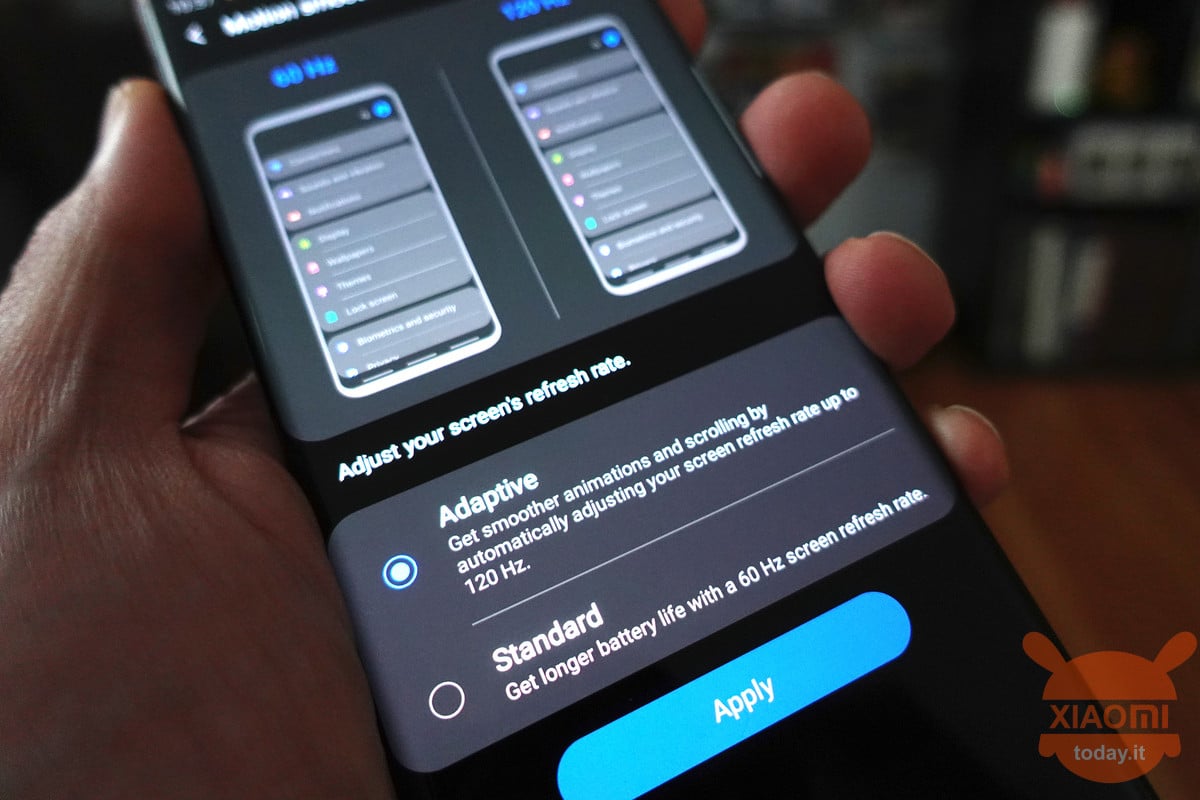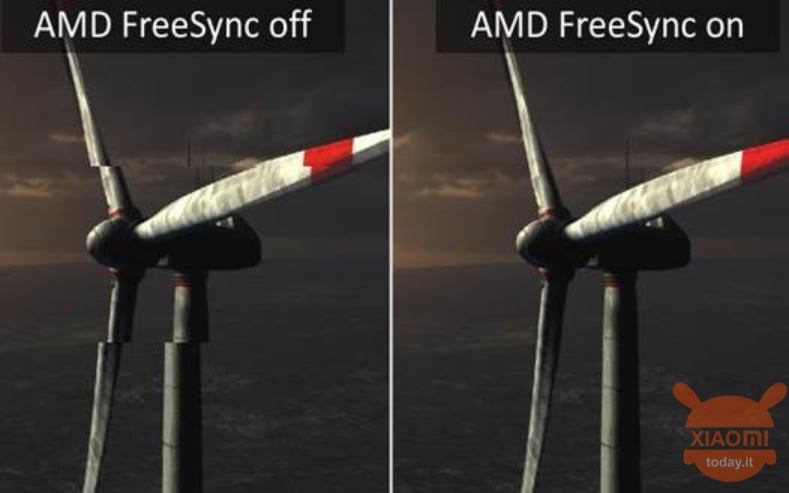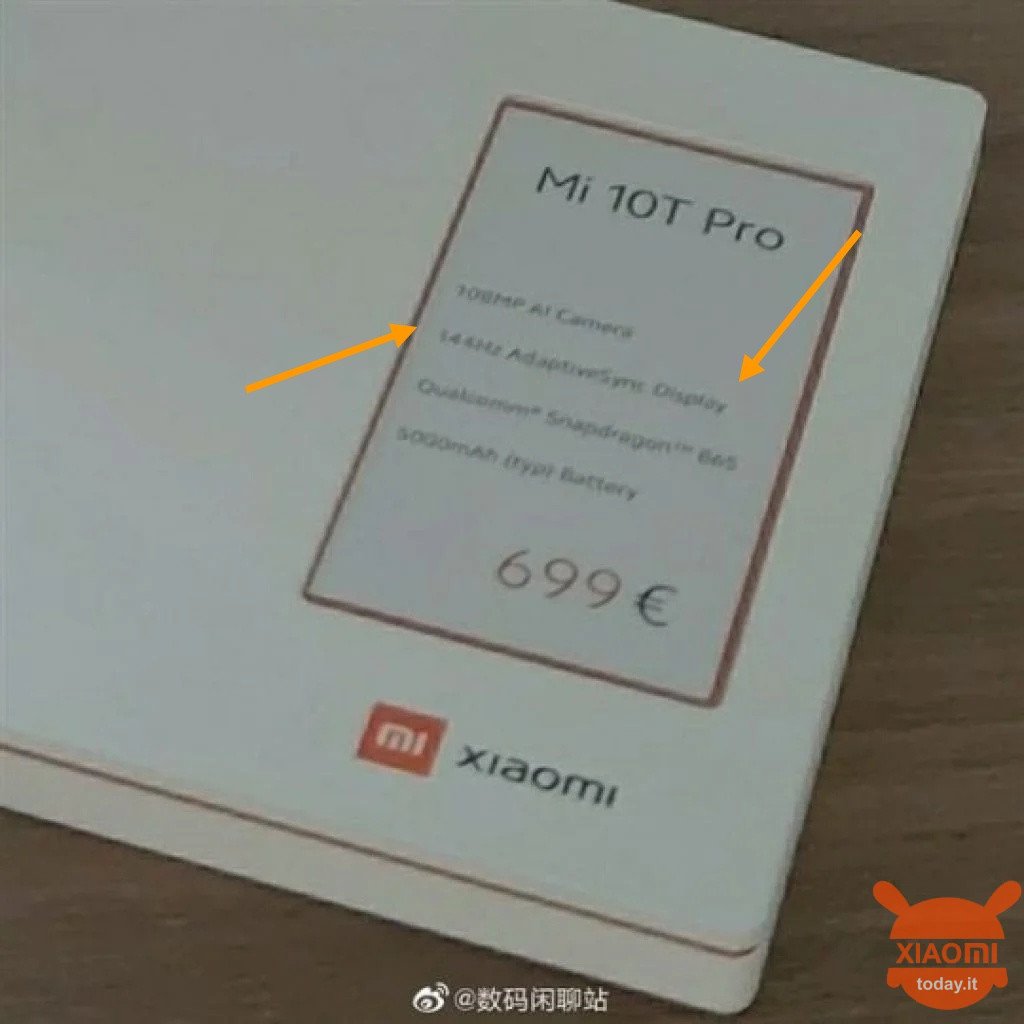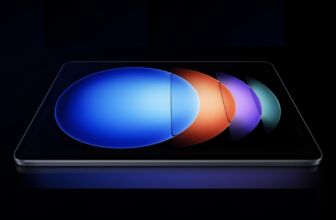
We are excited about the presentation of Xiaomi Mi 10T Pro, the new super flagship that should arrive exclusively in Europe between poco. In the last few days we have seen the first ones features (hopefully official) and the price of the device. To accompany him there will be a new mid range still belonging to the same family. Let's talk about Xiaomi Mi 10T Lite. But what makes them so special? As for the Lite version, certainly the value for money. For the Pro version instead, we are very curious to see the technology Adaptive Sync Display. Let's see what's on the card.
What is the AdaptiveSync Display technology that we will find on Xiaomi Mi 10T Pro and how does it work? It is a technology similar to that of OnePlus 8 and 8Pro
We went looking for this definition and to our great surprise we discovered that it is sometimes integrated on gaming monitor for PC. This is a type of technology that the most accustomed to the world of smartphones have already seen on OnePlus 8 e OnePlus 8 Pro. In a nutshell this Adaptive Sync will allow you to adapt, based to use, the update frequency.
As we can see from the photo leak disclosed by Digital Chat Station, a well-known leaker and insider who knows everything, we see that Xiaomi Mi 10T Pro will be equipped with a MAXIMUM refresh rate of 144Hz. This number combined with technology Adaptive Sync made us curious. What does it mean? Will we be able to set the refresh rate of our device to 144Hz? We don't think so. But let's go step by step before we understand why we say this.
The display of a smartphone, like that of a PC, has two key points: the FPS (Frames Per Second or the number of frames produced every second by the video card) e the update frequency (the number of times a display updates the generated image in one second). The two concepts are different but at the same time very similar and "coexist". When the two values above are different, the quality of the images presented deteriorates. So how can this problem be solved? With Adaptive Sync.

In this image the performance distress without and with AdaptiveSync. It refers to an AMD video card but the result is the same on a smartphone
As you can see in the image above, the difference between the use of this technology and the non-use of it, allows a change in image quality not indifferent. In the first case, on the left, not using it produces a "ladder" effect (see effects tearing e stuttering) while in the second the images are “more homogeneous” without an imbalance between FPS and refresh rate. AdaptiveSync does this: synchronizes the refresh rate with the frames per second produced by the video card. But now let's go back to the bomb: will it be possible to always use a 144Hz refresh rate on Xiaomi Mi 10T Pro? In our opinion no: as well as for OnePlus 8 and 8 Pro, we think that a system that allows you to use more or less power (so refresh rate more or less high) According to the needs. As a result, 144Hz will be, in our opinion, only maximum peak reachable.
The cover photo DOES NOT depict Xiaomi Mi 10T Pro










